18 Free Image Capture transparent PNG images
Explore our curated collection of 18 free AI-generated images tagged with 'Image Capture', showcasing a diverse range of visual content including professional-grade stock photos, detailed 3D objects, versatile vectors, and creative illustrations. Each image is available in high resolution for immediate download, and our innovative 'open in editor' feature on image detail pages allows you to fine-tune the AI prompt to regenerate variations that perfectly match your vision.
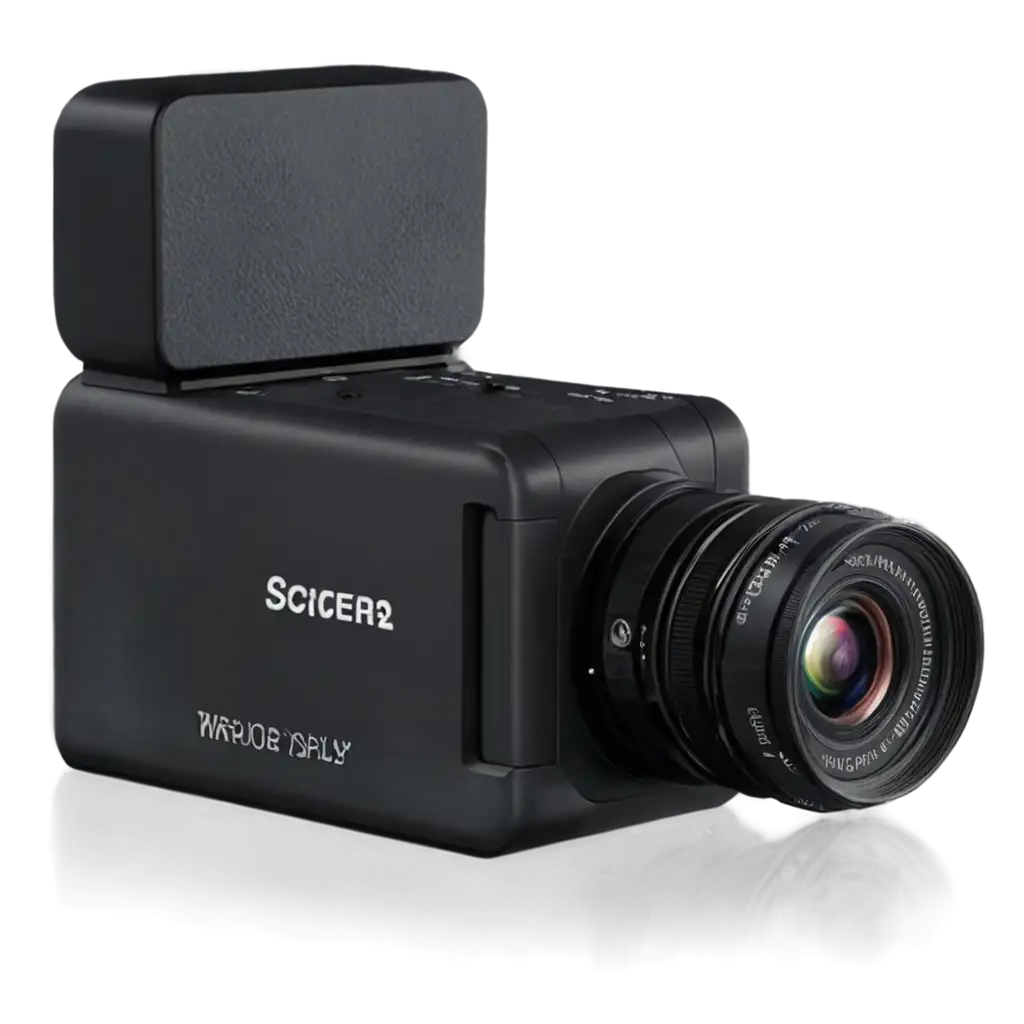
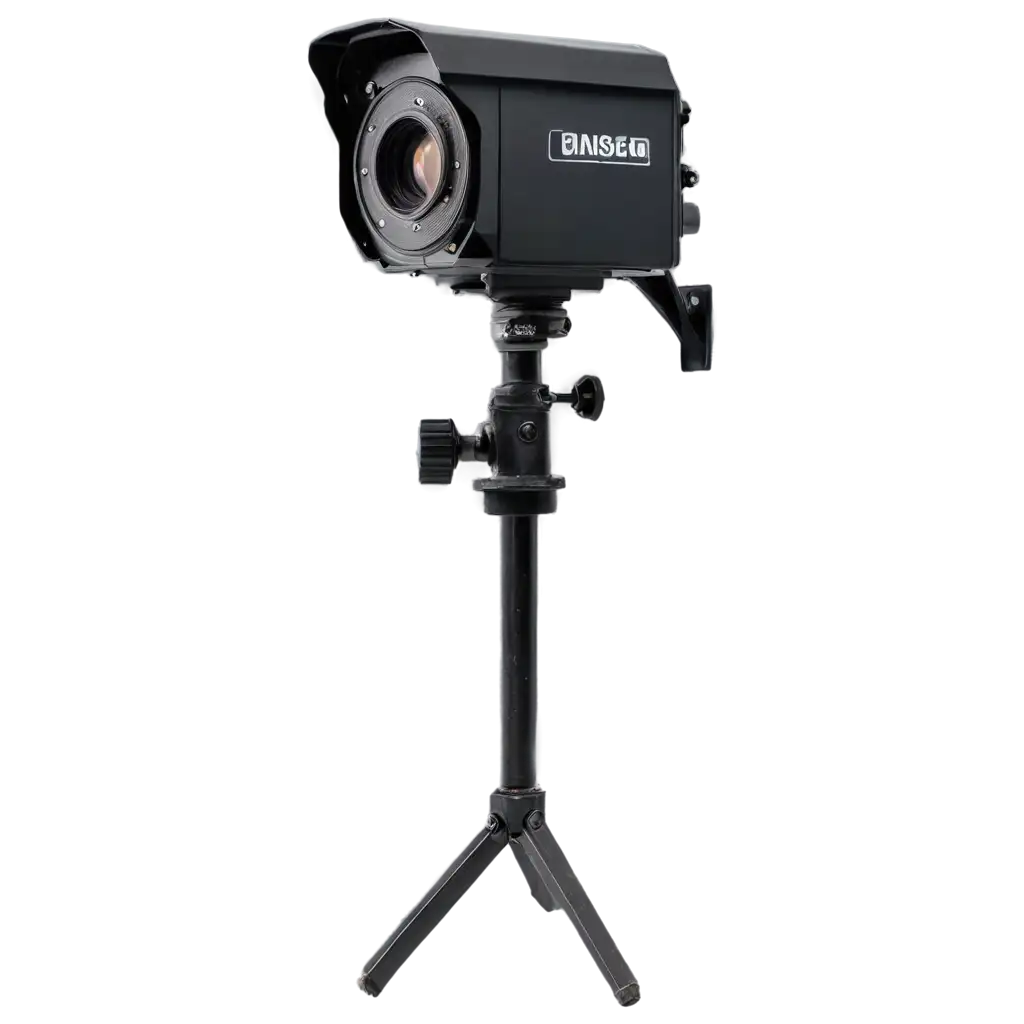
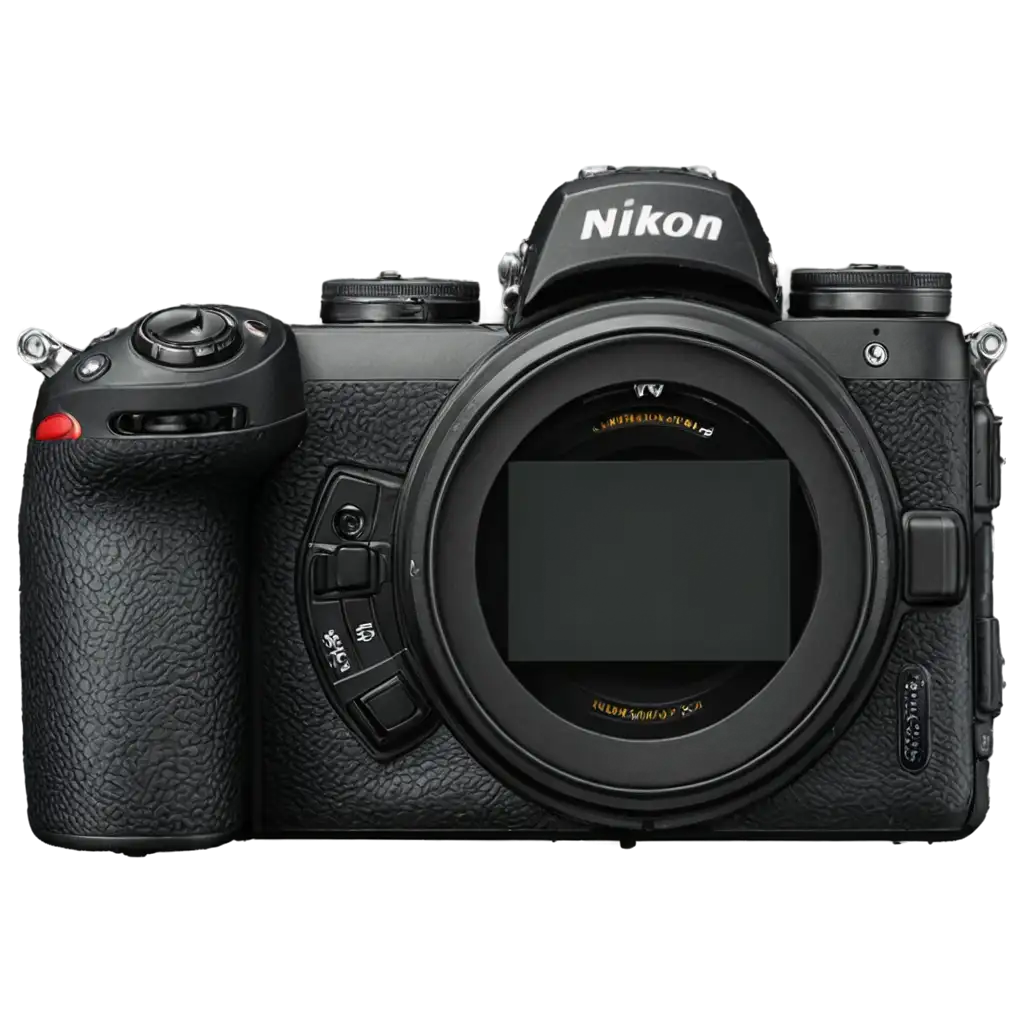

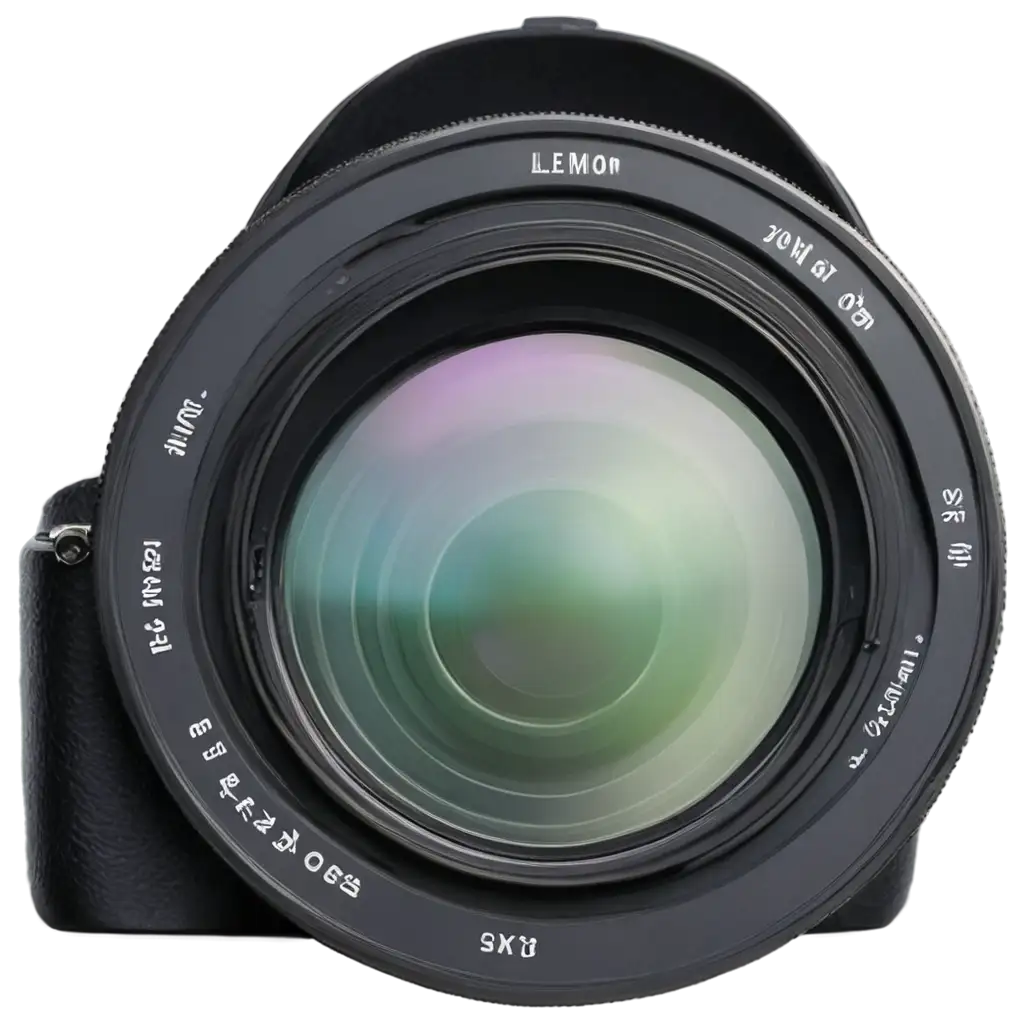
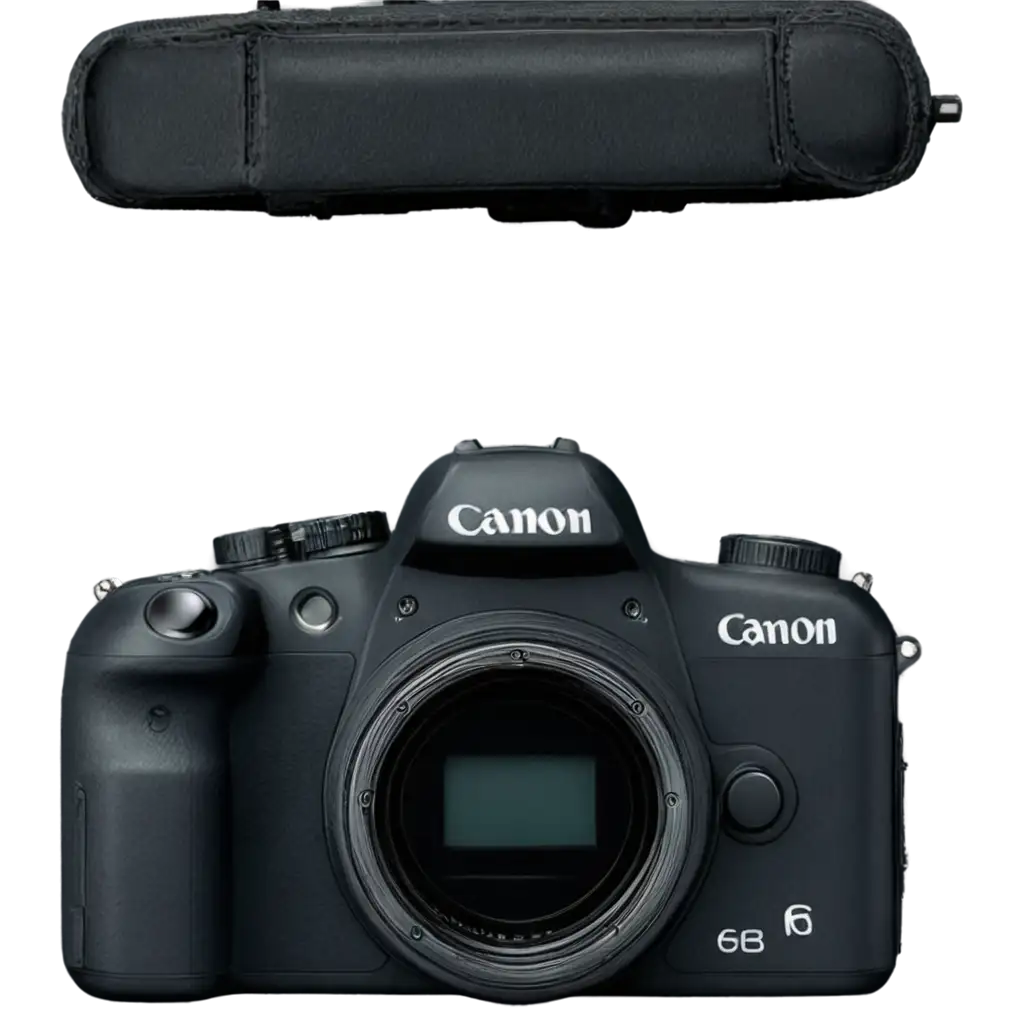
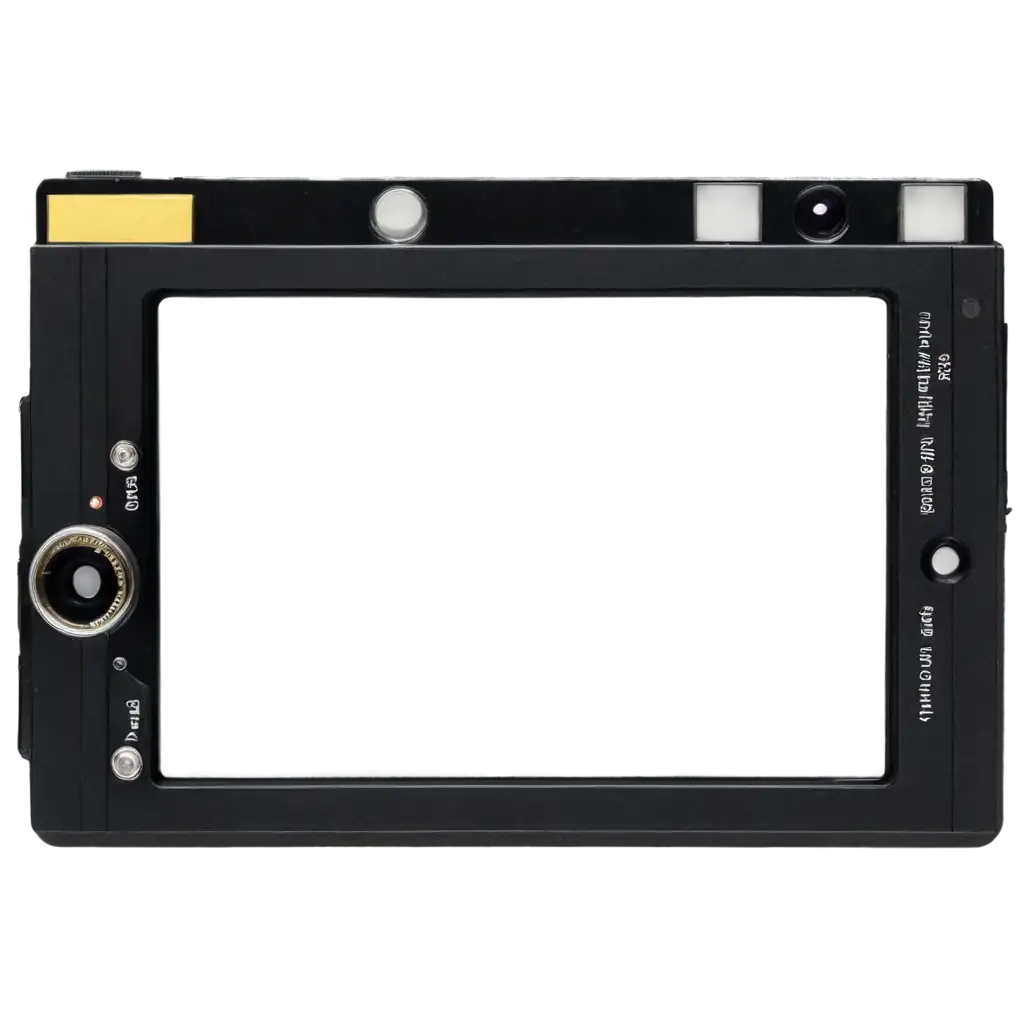
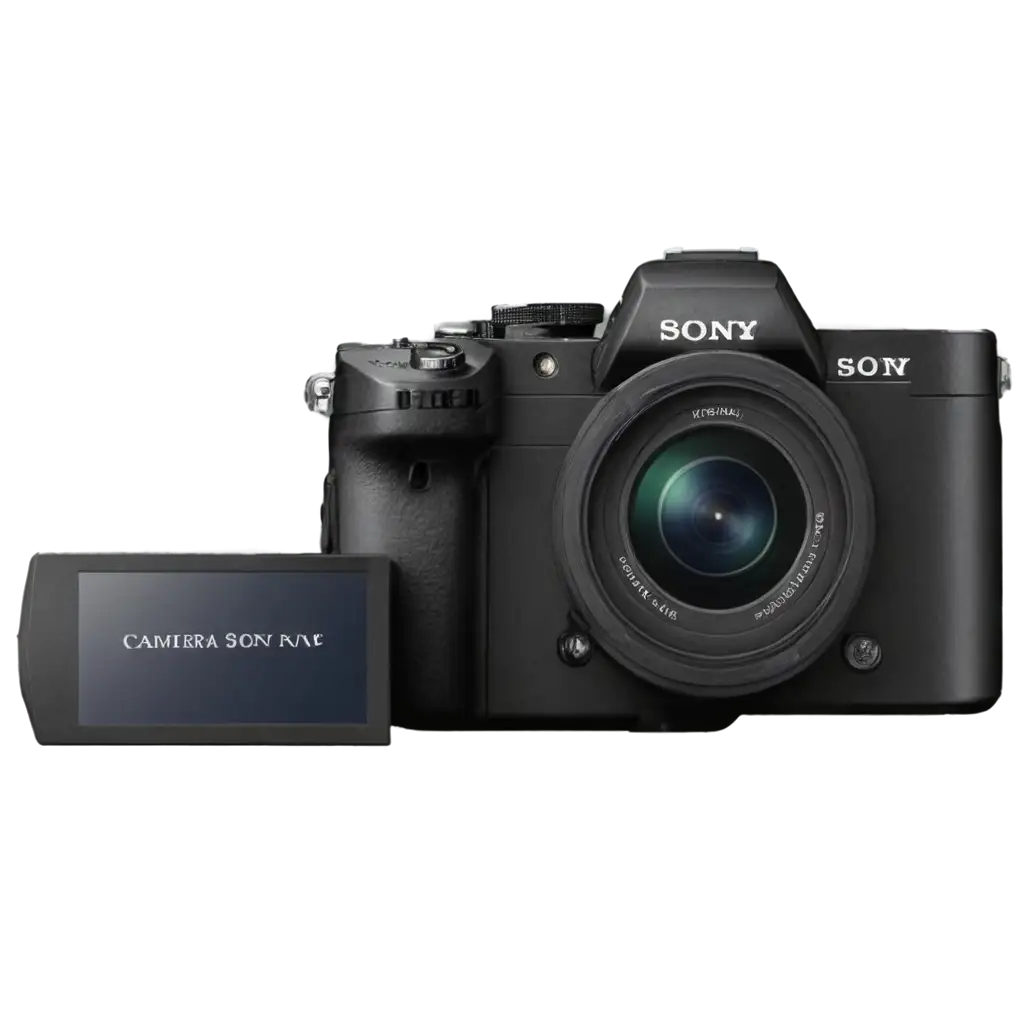
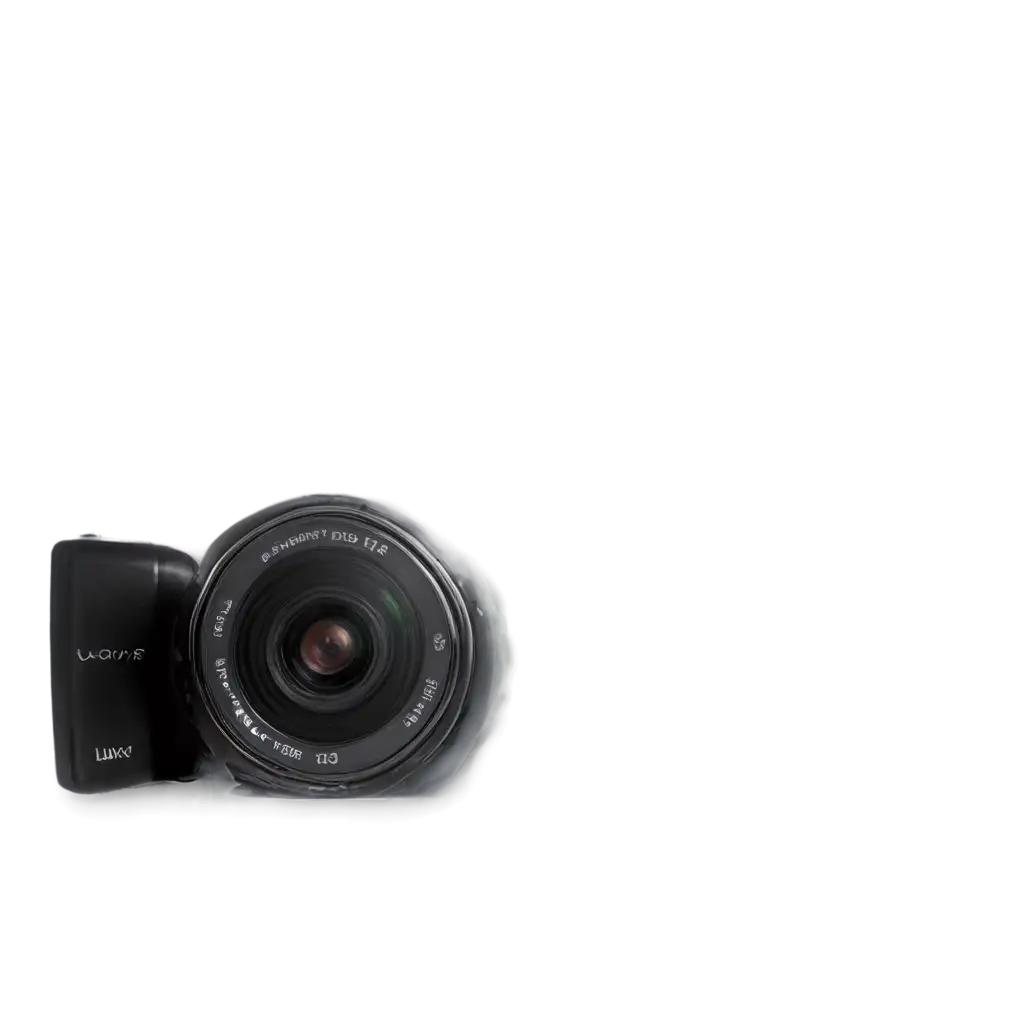
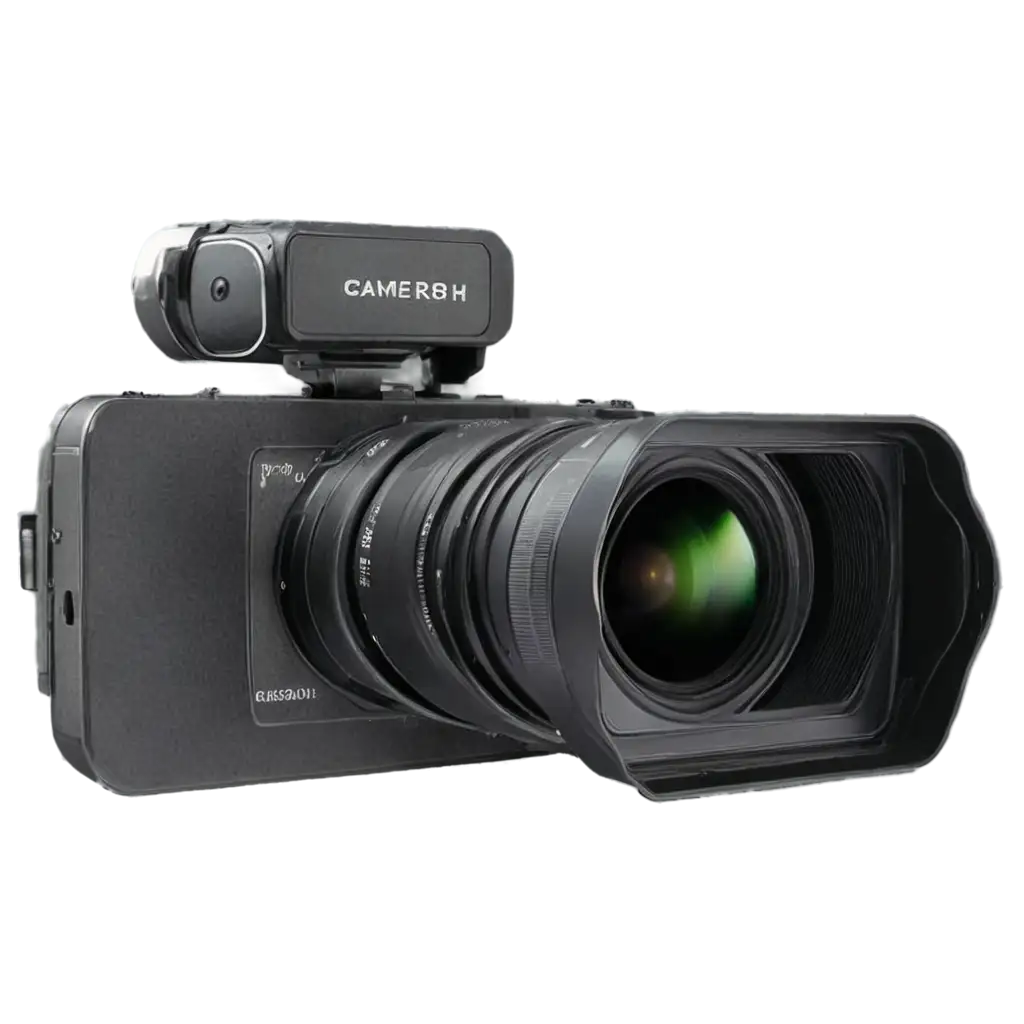
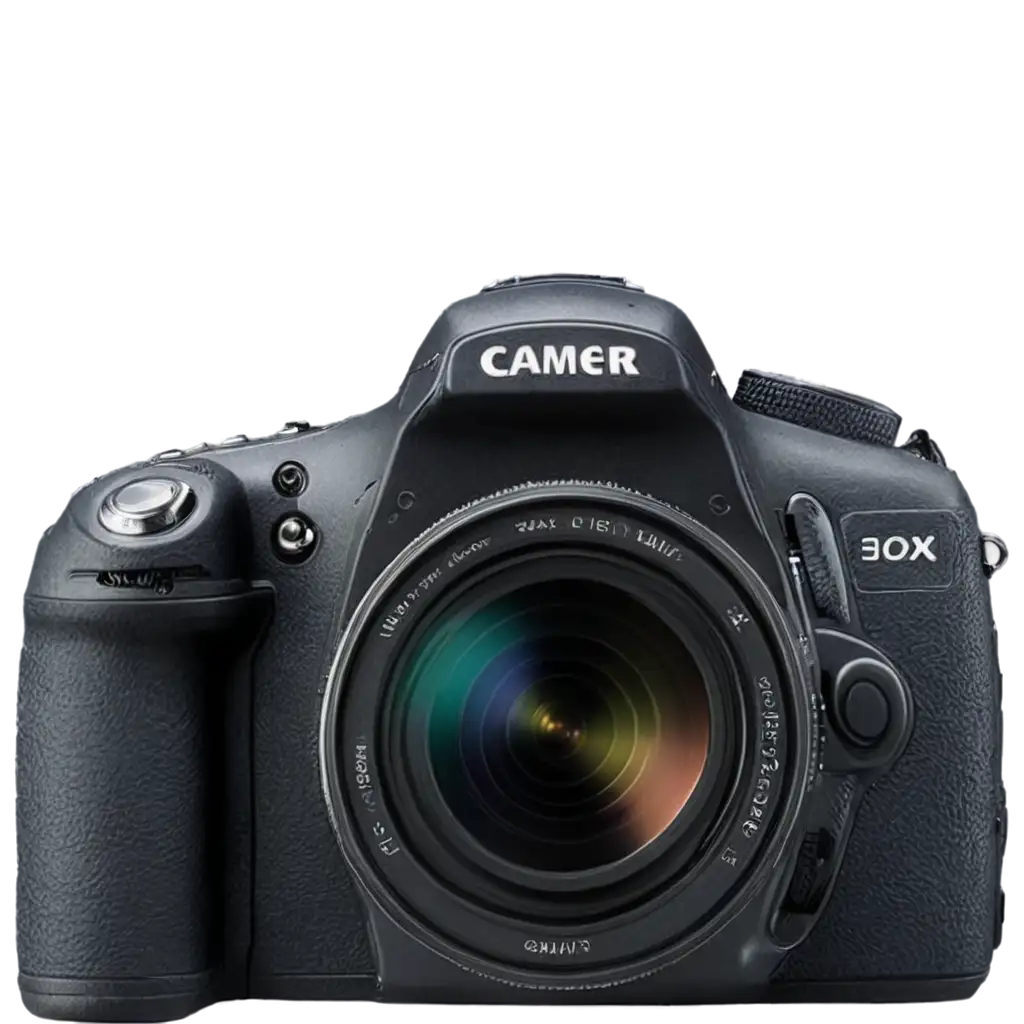
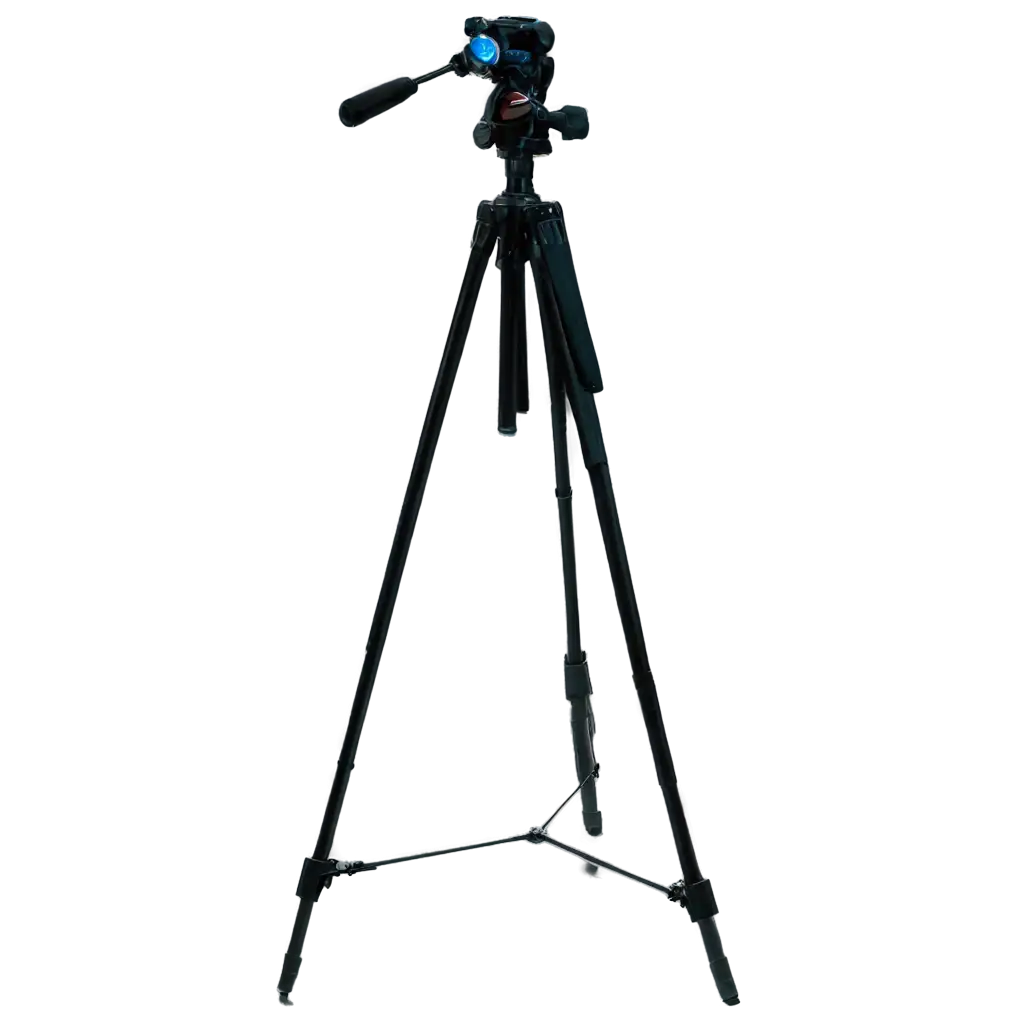
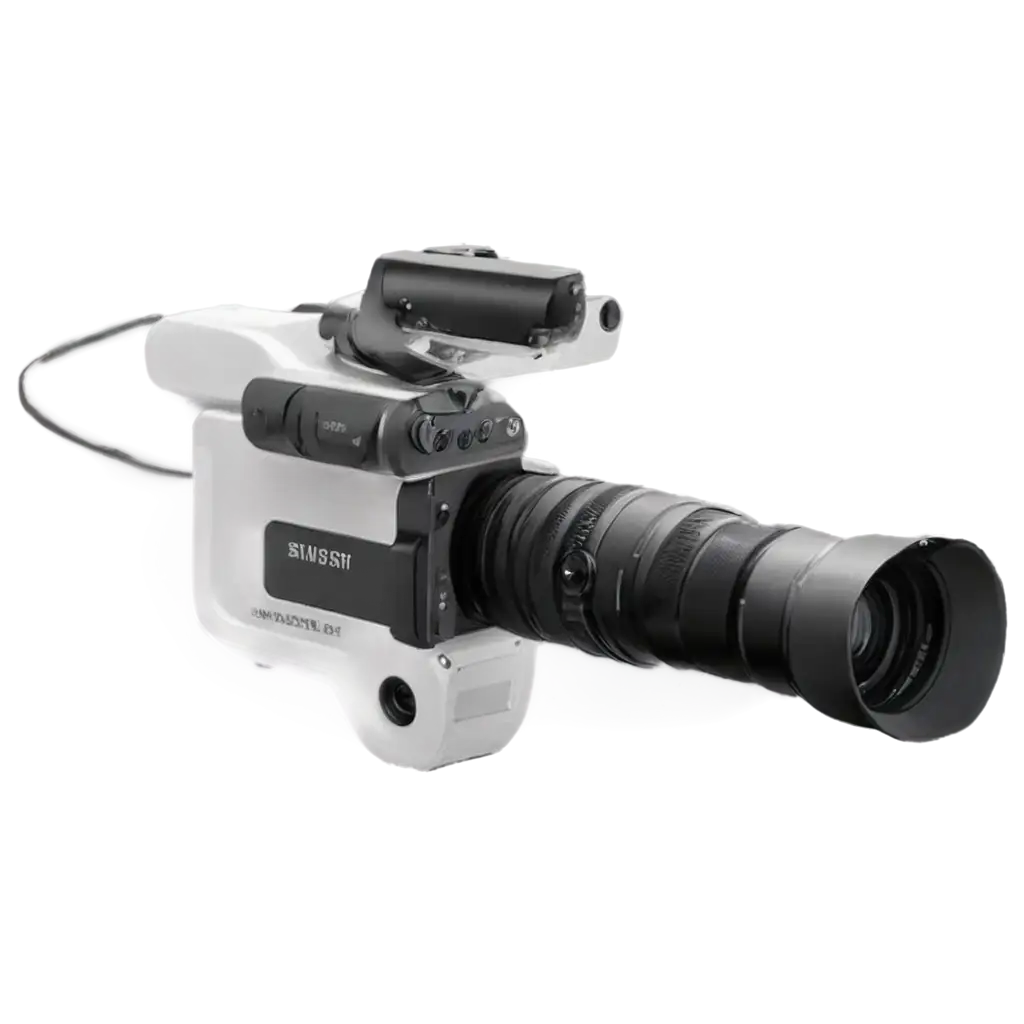
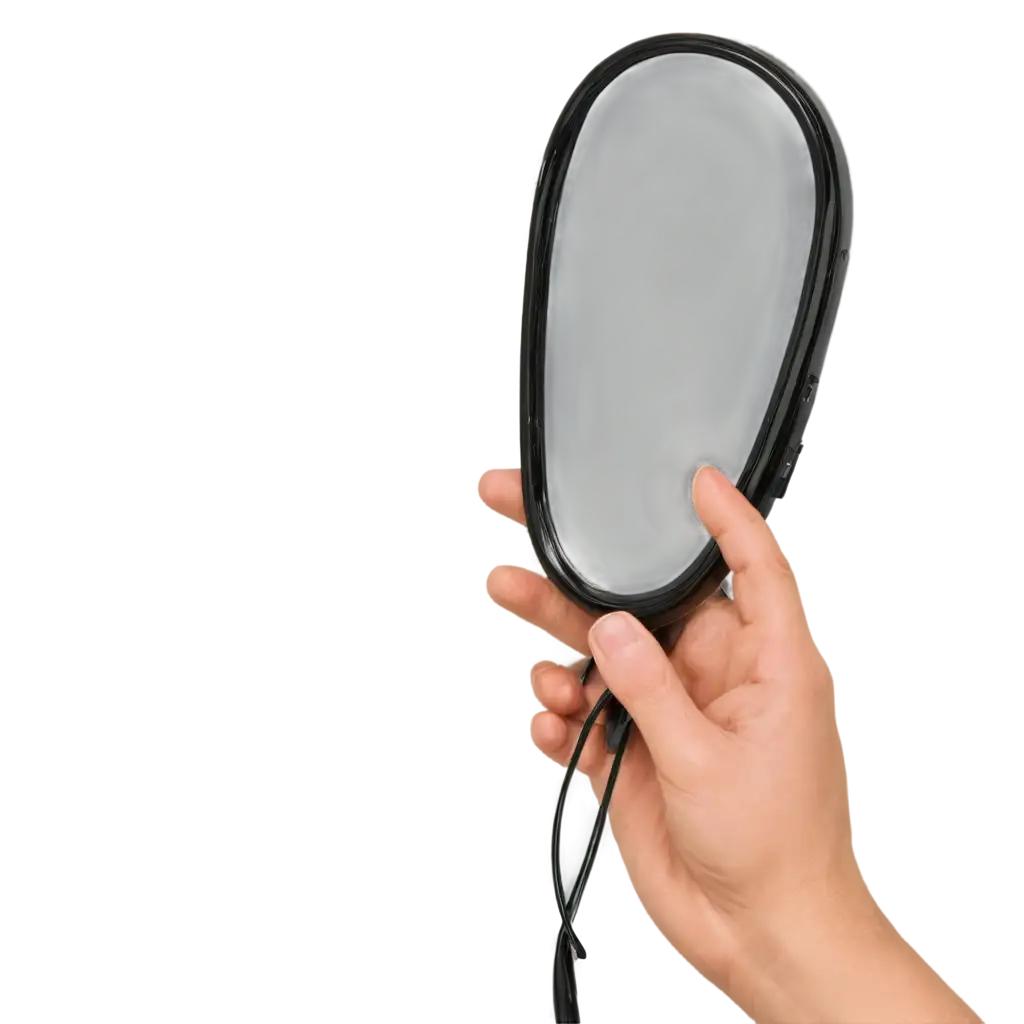
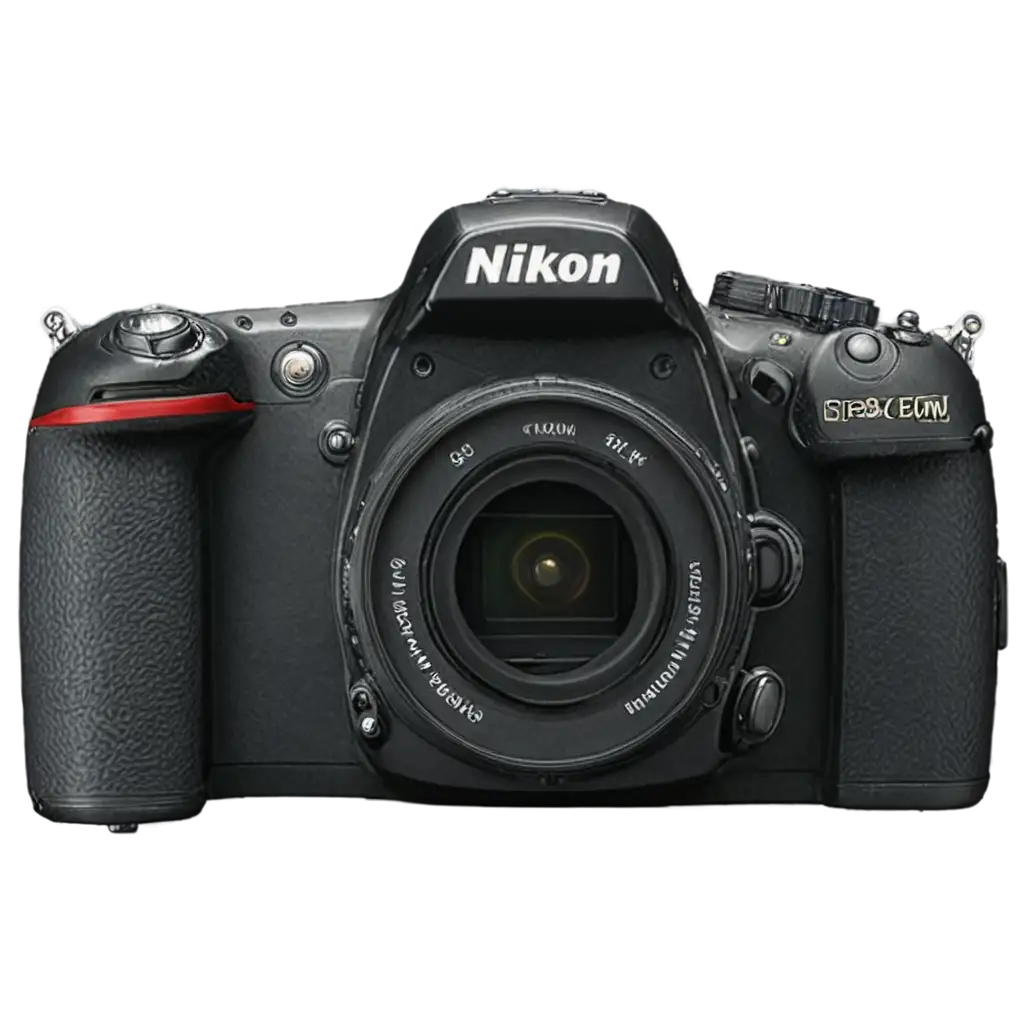
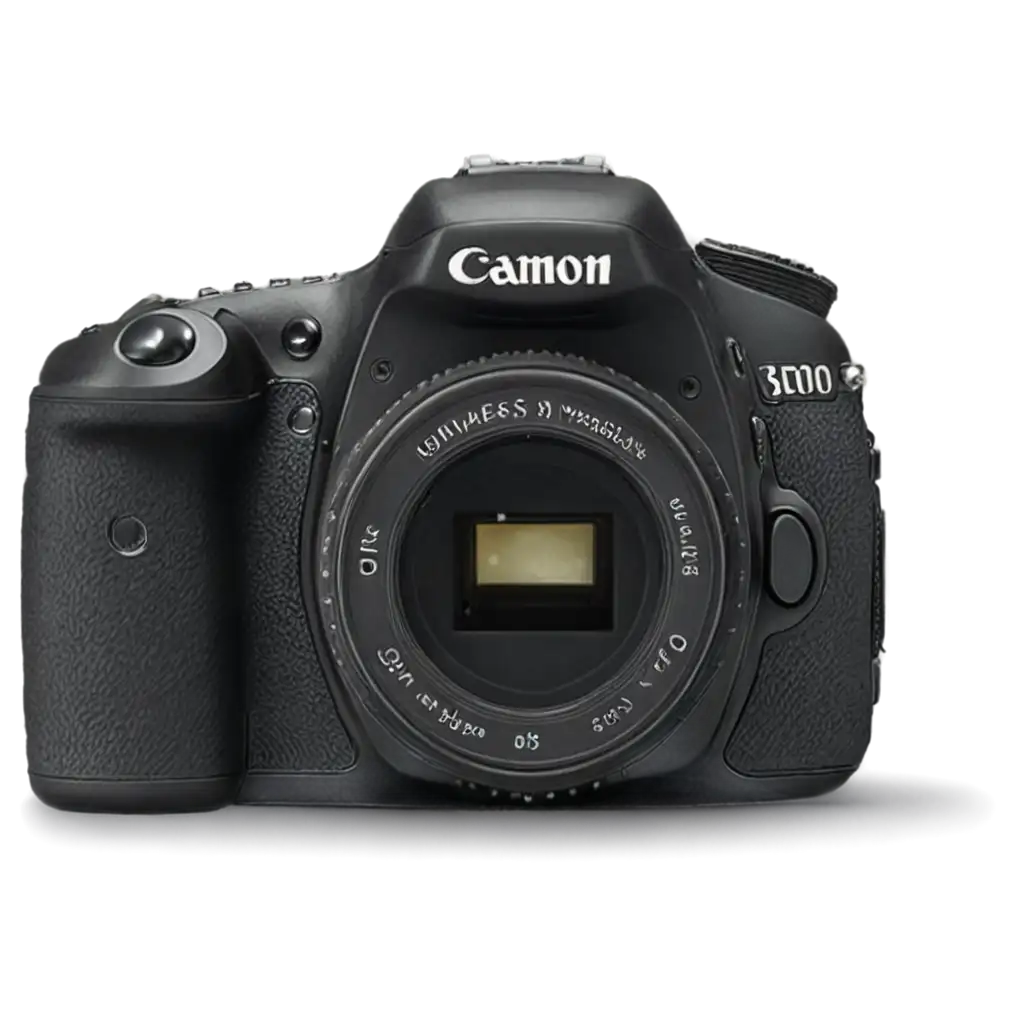
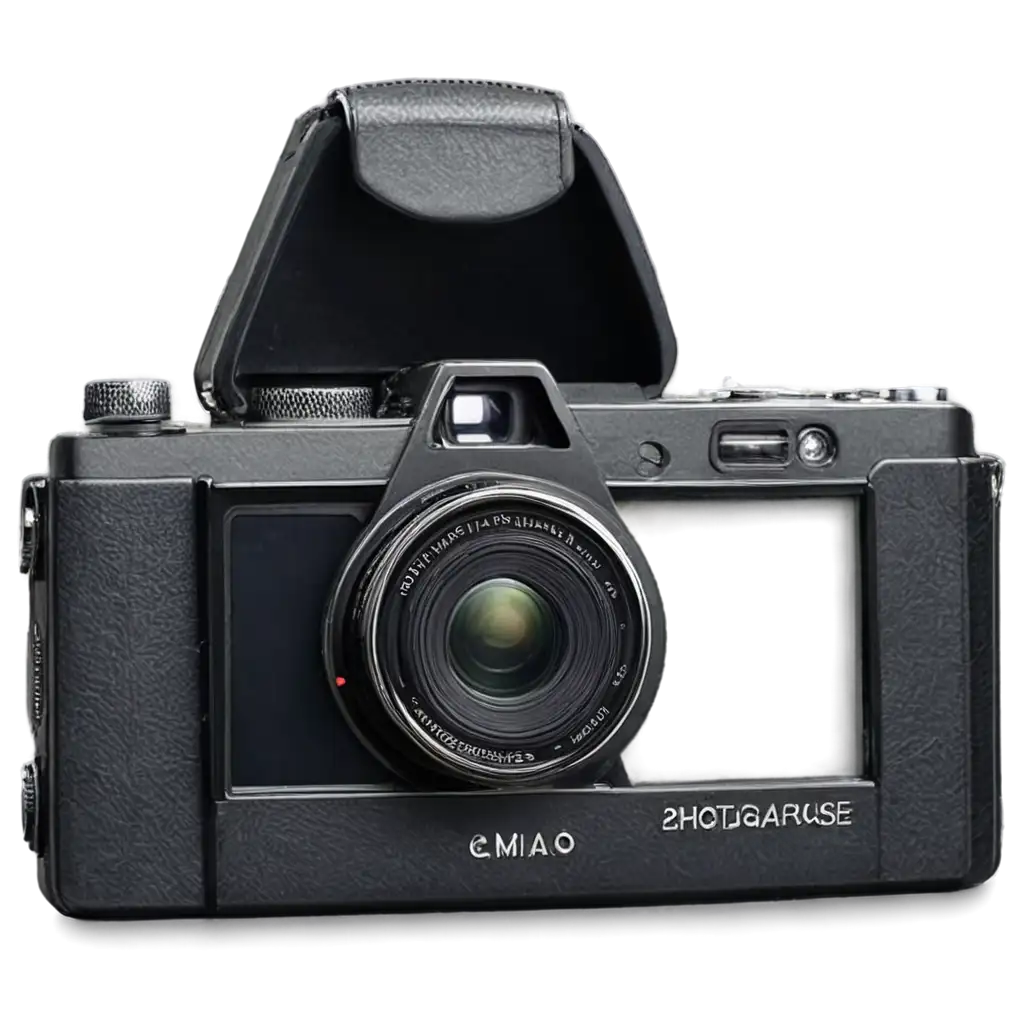
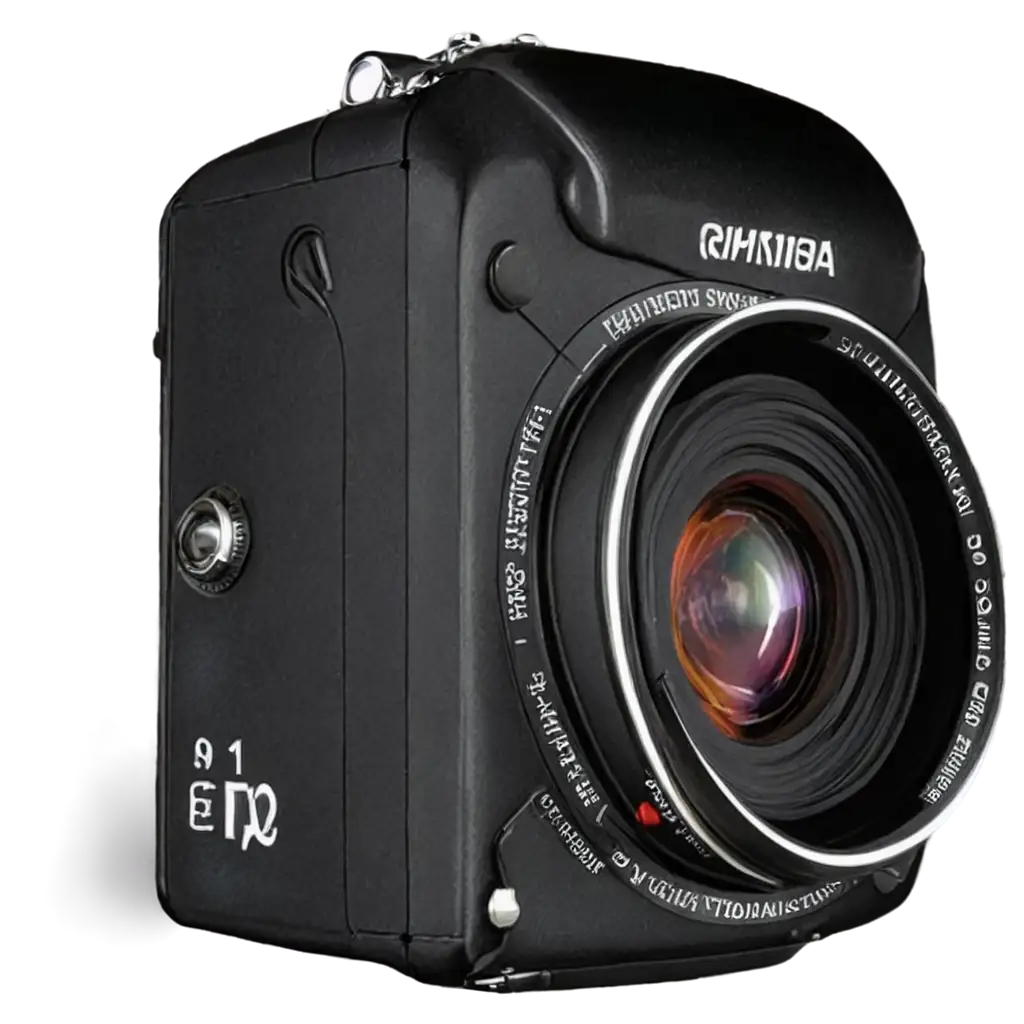
Related Tags
Image Capture, traditionally associated with photography, has evolved significantly in the AI era. This transformation represents a paradigm shift from physical camera sensors to neural networks that can interpret and generate visual data. Unlike conventional photography, AI image capture involves understanding and recreating visual elements through sophisticated algorithms, enabling the generation of photos that maintain the technical precision of traditional photography while offering unprecedented creative flexibility. The technology incorporates principles from computational photography, computer vision, and deep learning to produce images that can range from photorealistic captures to artistic interpretations.
Understanding Image Capture in AI Generation: From Traditional Photography to Digital Innovation
AI Image Capture systems employ advanced neural networks, particularly Generative Adversarial Networks (GANs) and diffusion models, to create images that mimic various capture conditions and styles. These systems excel in generating diverse content types, from perfectly exposed 'photographs' to complex 3D scenes, all while maintaining consistent lighting, perspective, and optical effects. Key applications include product photography, architectural visualization, fashion imagery, and educational content creation. The technology's ability to simulate different camera settings, lighting conditions, and optical characteristics makes it invaluable for prototyping, conceptual design, and situations where traditional photography might be impractical or impossible.
Technical Aspects and Applications of AI Image Capture Systems
Success in AI image capture relies on understanding both traditional photographic principles and AI prompt engineering. Key considerations include proper composition guidelines, lighting dynamics, and perspective control - all of which can be specified through detailed prompts. Users can achieve optimal results by providing clear instructions about desired camera angles, lighting setups, focal lengths, and depth of field effects. Advanced techniques include utilizing specific photography terms in prompts, such as 'golden hour lighting,' 'macro photography,' or 'aerial perspective,' to achieve more nuanced and professional results. The 'open in editor' feature allows for real-time adjustments to these parameters, enabling iterative refinement until the desired image is achieved.
Creating Professional-Quality Images Through AI Capture Technology
The future of AI image capture technology points toward even greater sophistication in simulating camera systems and optical effects. Emerging trends include enhanced physics-based rendering capabilities, more accurate simulation of specific camera models and lenses, and improved handling of complex lighting scenarios. We're seeing development in areas such as dynamic range simulation, motion blur effects, and authentic depth-of-field rendering. The integration of real-time editing capabilities and advancement in prompt-based control systems suggests a future where the line between traditional photography and AI-generated imagery becomes increasingly blurred, offering creators unprecedented control over their visual content.
Future Trends in AI Image Capture Development